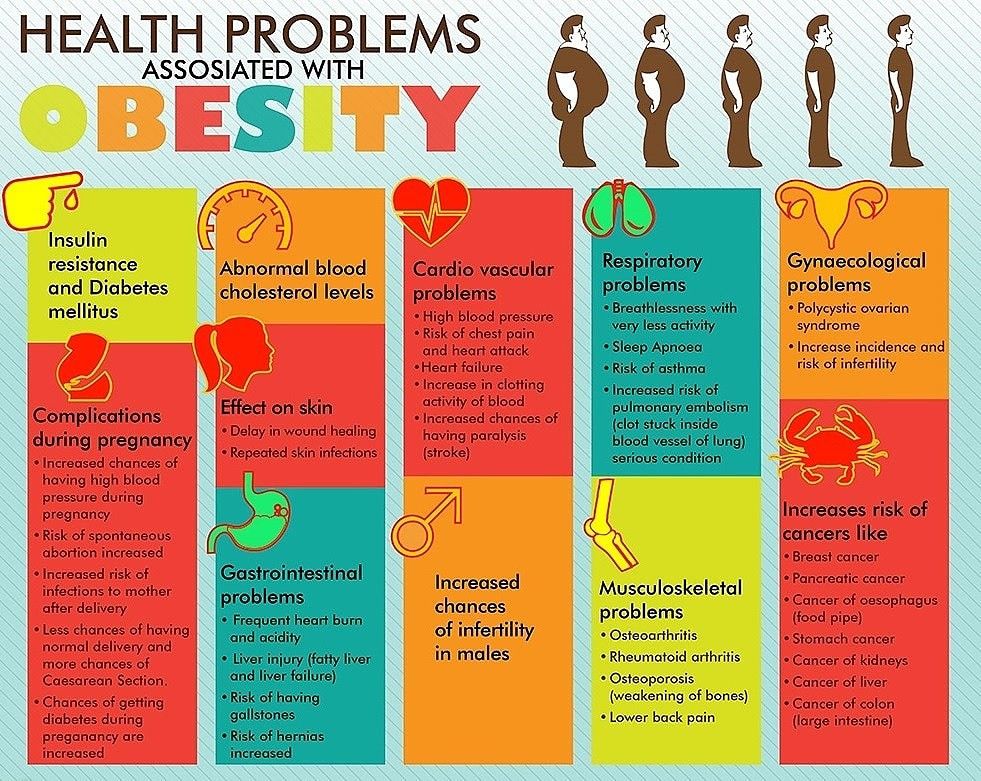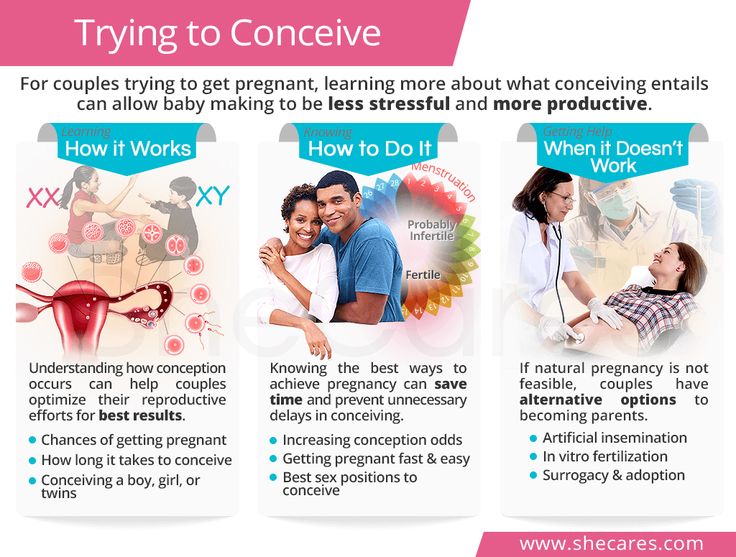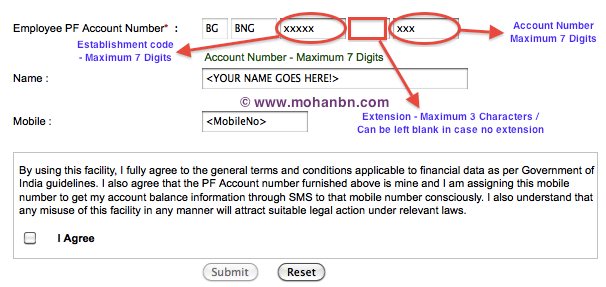Folic acid prior to pregnancy
Folic acid | March of Dimes
Taking folic acid before and during early pregnancy can help prevent neural tube defects in your baby.
Before pregnancy, take a vitamin supplement that has 400 micrograms of folic acid in it every day.
During pregnancy, take a prenatal vitamin that has 600 micrograms of folic acid in it every day.
Take a vitamin supplement with folic acid every day, even if you’re not trying to get pregnant.
You can get folic acid from food, too. Look for fortified foods to make sure you’re getting enough.
What is folic acid?
Folic acid is a vitamin that every cell in your body needs for healthy growth and development. If you take it before pregnancy and during early pregnancy, it can help protect your baby from birth defects of the brain and spine called neural tube defects. The neural tube is the part of a developing baby that becomes the brain and spinal cord. NTDs happen in the first month of pregnancy, before you may know that you’re pregnant. This is why it’s important to have enough folic acid in your body before you get pregnant.
NTDs affect about 3,000 pregnancies each year in the United States. If all women take 400 micrograms (also called mcg) of folic acid every day before getting pregnant and during early pregnancy, it may help prevent up to 7 in 10 (70 percent) NTDs. Because nearly half of all pregnancies in the United States are unplanned, all women who can get pregnant should take folic acid every day.
Some studies show that folic acid also may help prevent birth defects in a baby’s mouth called cleft lip and palate. A cleft lip is a birth defect in which a baby’s upper lip doesn’t form completely and has an opening in it.
How can you get enough folic acid?
There are several ways to get enough folic acid:
- Taking a vitamin that has folic acid in it
- Eating foods with folate from a varied diet
- Eating fortified foods
- Getting a combination of the two: taking a vitamin that has folic acid in it and eating fortified foods
How much folic acid do you need?
Here’s what you need to know about taking folic acid to prevent NTDs:
Most women
To help prevent NTDs in your baby, take a vitamin supplement with 400 mcg of folic acid every day before you get pregnant. A supplement is a product you take to make up for certain nutrients that you don’t get enough of in the foods you eat. Start taking 400 mcg of folic acid each day at least 1 month before pregnancy through the first 12 weeks of pregnancy. Your folic acid supplement can be:
A supplement is a product you take to make up for certain nutrients that you don’t get enough of in the foods you eat. Start taking 400 mcg of folic acid each day at least 1 month before pregnancy through the first 12 weeks of pregnancy. Your folic acid supplement can be:
- A multivitamin. This is a pill that contains many vitamins and other nutrients that help your body stay healthy.
- A prenatal vitamin. This is a multivitamin made for pregnant women. Your health care provider may give you a prescription for prenatal vitamins, or you can get them over the counter without a prescription.
- A supplement that contains just folic acid
Take a vitamin supplement with 400 mcg of folic acid each day, even if you’re not trying to get pregnant.
During pregnancy, take a prenatal vitamin each day that has 600 mcg of folic acid in it. Folic acid only works to prevent NTDs before and during the first few weeks of pregnancy.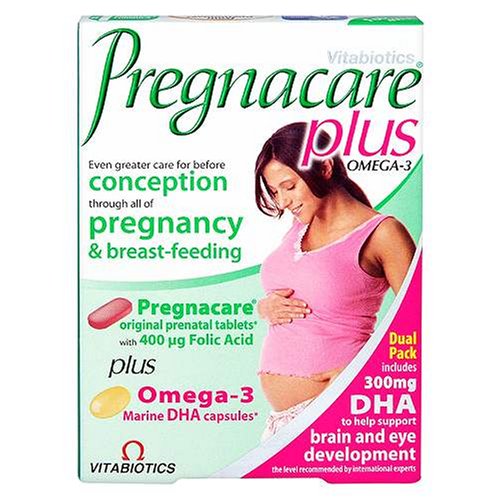 Later in pregnancy, you need 600 mcg of folic acid each day to help your baby grow and develop.
Later in pregnancy, you need 600 mcg of folic acid each day to help your baby grow and develop.
Women at high risk for NTDs
If you’re at high risk for having a baby with an NTD, take 4,000 mcg of folic acid each day to help prevent an NTD. Start taking 4,000 mcg of folic acid 3 months before you get pregnant through 12 weeks of pregnancy. You’re at high risk if:
- You’ve had a baby with an NTD in the past.
- You or your partner has an NTD.
- Your partner has a child with an NTD.
Studies show that taking 4,000 mcg of folic acid before and during early pregnancy can help reduce your risk of having another baby with an NTD by about 70 percent. Ask your provider how to safely get this much folic acid. It’s not safe to take several multivitamins or prenatal vitamins because you can get too much of other nutrients, which may be harmful to your health. Your provider can help you figure out the best and safest way for you to get the right amount of folic acid.
How can you get folic acid from food?
You can get folic acid from food. Some foods are fortified with folic acid. Fortified means a food has folic acid added to it. Check the product label to see how much folic acid you get in each serving. Look for the word “fortified” or “enriched” on labels on foods like:
- Bread
- Breakfast cereal
- Cornmeal
- Flour
- Pasta
- Products made from a kind of flour called corn masa, like tortillas, tortilla chips, taco shells, tamales and pupusas
- White rice
Some fruits and vegetables are good sources of folic acid. When folic acid is found naturally in food it’s called folate. Foods that are good sources of folate are:
- Beans, like lentils, pinto beans and black beans
- Leafy green vegetables, like spinach and Romaine lettuce
- Asparagus
- Broccoli
- Peanuts (But don’t eat them if you have a peanut allergy.)
- Citrus fruits, like oranges and grapefruit
- Orange juice (100 percent juice is best.
 This means one serving of juice is equal to one serving of fruit.)
This means one serving of juice is equal to one serving of fruit.)
It’s hard to get all of the folic acid you need from food. Even if you eat foods that have folic acid in them, take your vitamin supplement each day, too.
How do you read a product label to see how much folic acid is in a vitamin supplement?
To find out if a vitamin supplement has folic acid in it, check the label (also called supplement facts). The label is usually on the back of the bottle. Look for the word “folate” on the label to see how much folic acid you’re getting. The label tells you this information:
- Serving size. This tells you how much of the product is in one serving. One multivitamin usually is one serving.
- Servings per container. This tells you how many servings are in a multivitamin bottle. For example, if two pills are one serving and the bottle has 30 multivitamins in it, that’s 15 servings.
- Nutrients, like vitamin D, folate and calcium, in each serving
- Daily value (also called DV) of one serving.
 DV is the amount of a nutrient in a serving. For example, if the DV of folic acid in a multivitamin is 50 percent, that multivitamin gives you 50 percent (half) of the folic acid you need each day.
DV is the amount of a nutrient in a serving. For example, if the DV of folic acid in a multivitamin is 50 percent, that multivitamin gives you 50 percent (half) of the folic acid you need each day.
Vitamin supplement labels now list “mcg DFE of folate,” which stands for dietary folate equivalent. It’s the amount of folate your body absorbs. If a serving has less than 400 mcg DFE of folate, you need more than one serving to get all the folic acid you need each day.
Labels on food products don’t always list the amount of folic acid in the product. Newer food labels that list folic acid will list mcg DFE of folate, just like for vitamin supplements.
If you have an MTHFR variant, can taking folic acid help prevent NTDs in your baby?
Yes. If you have an MTHFR variant, taking 400 mcg of folic acid every day before and during early pregnancy can help prevent NTDS in your baby.
MTHFR stands for methylenetetrahydrofolate reductase. It’s an enzyme (protein) that helps your body break down and use folate.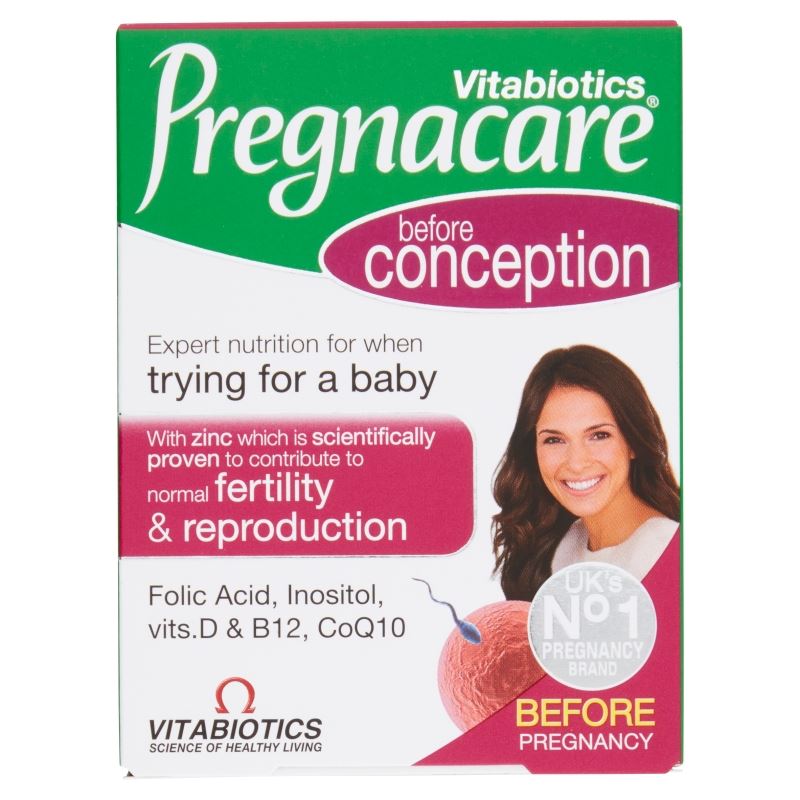 One MTHFR variant (called MTHFRTT or CT genotype) is a change in your body’s MTHFR gene that makes you use folate more slowly than usual. Genes are parts of your body’s cells that store instructions for how your body grows and works. They are inherited (passed from parents to children). MTHFR variants are inherited. If you know you have an MTHFR variant or you think it runs in your family, talk to your provider.
One MTHFR variant (called MTHFRTT or CT genotype) is a change in your body’s MTHFR gene that makes you use folate more slowly than usual. Genes are parts of your body’s cells that store instructions for how your body grows and works. They are inherited (passed from parents to children). MTHFR variants are inherited. If you know you have an MTHFR variant or you think it runs in your family, talk to your provider.
Your provider may want to test you for an MTHFR variant if you have high levels of a substance in your blood called homocysteine. Too much homocysteine in your blood can cause heart conditions, blood clots and stroke. You can find out your homocysteine levels with a blood test. If your level is high, you can have a genetic test to see if you have an MTHFR variant. A genetic test looks for changes in genes that can cause birth defects or other medical conditions.
You may have heard not to take folic acid if you have an MTHFR variant because it can increase your risk of pregnancy complications and your baby having health problems.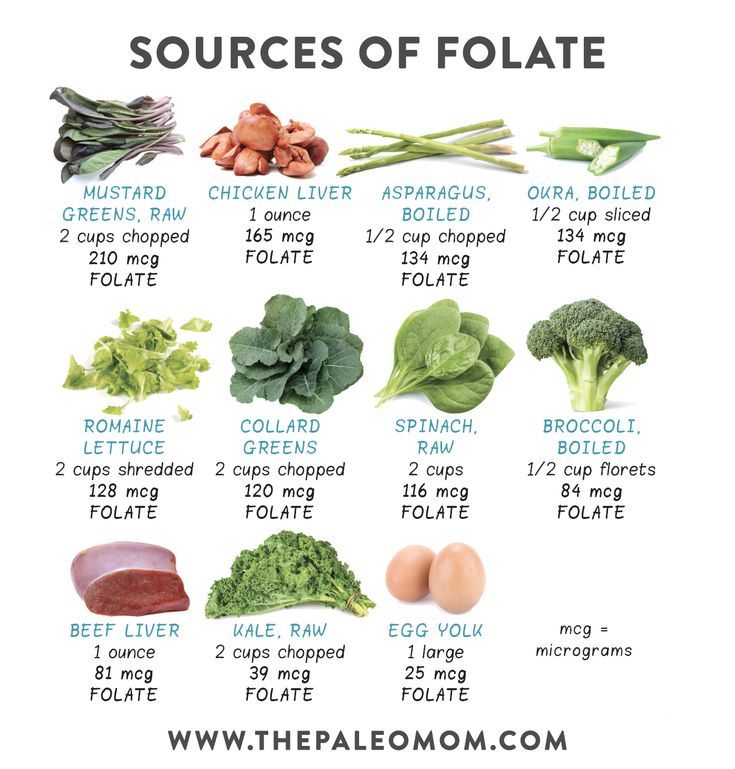 The Centers for Disease Control and Prevention (also called CDC) recommends that all women take 400 mcg of folic acid every day before and during early pregnancy. If you have an MTHFR variant, talk to your provider.
The Centers for Disease Control and Prevention (also called CDC) recommends that all women take 400 mcg of folic acid every day before and during early pregnancy. If you have an MTHFR variant, talk to your provider.
Additional versions of this article are available in: Arabic, Chinese Simplified, Hindi, and Urdu
Translated documents are courtesy of the employees of CooperSurgical Inc.
Folic Acid Health Action Sheet
More information
CDC
Show Your Love Preconception Health
Last reviewed: May 2020
Folic Acid | CDC
CDC urges all women of reproductive age to take 400 micrograms (mcg) of folic acid each day, in addition to consuming food with folate from a varied diet, to help prevent some major birth defects of the baby’s brain (anencephaly) and spine (spina bifida).
About folic acid
Folic acid is a B vitamin. Our bodies use it to make new cells. Think about the skin, hair, and nails. These–and other parts of the body – make new cells each day. Folic acid is the synthetic (that is, not generally occurring naturally) form of folate used in supplements and in fortified foods such as rice, pasta, bread, and some breakfast cereals
Folic acid is the synthetic (that is, not generally occurring naturally) form of folate used in supplements and in fortified foods such as rice, pasta, bread, and some breakfast cereals
Why folic acid is important before and during pregnancy
When the baby is developing early during pregnancy, folic acid helps form the neural tube. Folic acid is very important because it can help prevent some major birth defects of the baby’s brain (anencephaly) and spine (spina bifida). The neural tube forms the early brain and spine.
Women of reproductive age need 400 mcg of folic acid every day
- All women of reproductive age should get 400 mcg of folic acid every day to get enough folic acid to help prevent some birth defects because
- About half of U.S. pregnancies are unplanned, and
- Major birth defects of the baby’s brain or spine occur very early in pregnancy (3-4 weeks after conception), before most women know they are pregnant.
- When taking folic acid, a higher dose than 400 mcg of folic acid each day is not necessarily better to prevent neural tube defects, unless a doctor recommends taking more due to other health conditions.

- When planning to become pregnant, women who have already had a pregnancy affected by a neural tube defect should consult with their healthcare provider. CDC recommends that these women consume 4,000 mcg of folic acid each day one month before becoming pregnant and through the first 3 months of pregnancy.
Learn more about CDC’s folic acid recommendations here.
Learn more about the recommended intake level of folic acid here.
When to start taking folic acid
Every woman of reproductive age needs to get folic acid every day, whether she is planning to get pregnant or not, to help make new cells.
Are folate and folic acid the same thing?
The terms “folate” and “folic acid” are often used interchangeably, even though they are different. Folate is a general term to describe many different types of vitamin B9.
Types of folate can include
- Dihydrofolate (DHF)
- Tetrahydrofolate (THF)
- 5, 10-methylenetetrahydrofolate (5, 10-Methylene-THF)
- 5-methyltetrahydrofolate (5-Methyl-THF or 5-MTHF)
Food fortification is a way to add vitamins or minerals, or both, to foods. Some rice, pasta, bread, and breakfast cereals are fortified with folic acid. These foods are labeled “enriched.” Folic acid is a specific type of folate that does not generally occur naturally.
Some rice, pasta, bread, and breakfast cereals are fortified with folic acid. These foods are labeled “enriched.” Folic acid is a specific type of folate that does not generally occur naturally.
Folic acid is the ideal form of folate to use for food fortification. It is more stable than types of natural food folate, which can easily be broken down by heat and light. Folic acid is better suited for food fortification because many fortified products, such as bread and pasta, are cooked.6
CDC recommends that women of reproductive age who could become pregnant consume at least 400 micrograms (mcg) of folic acid every day. However, it’s difficult to get 400 mcg of folic acid through diet alone. You can get 400 mcg of folic acid each day by taking a vitamin with folic acid in it, eating fortified foods, or a combination of the two, in addition to consuming a balanced diet rich in natural food folate.
How to get enough folic acid to prevent neural tube defects
In addition to eating foods with folate from a varied diet, women can get folic acid from
- Taking a vitamin that has folic acid in it:
- Most vitamins sold in the United States have the recommended daily amount of folic acid (400 mcg) that women need for the prevention of neural tube defects.
 Vitamins can be found at most local pharmacy, grocery, or discount stores.
Vitamins can be found at most local pharmacy, grocery, or discount stores.
- Most vitamins sold in the United States have the recommended daily amount of folic acid (400 mcg) that women need for the prevention of neural tube defects.
- Eating fortified foods:
- You can find folic acid in some breads, breakfast cereals, and corn masa flour.
- Getting a combination of the two: taking a vitamin that has folic acid in it and eating fortified foods.
If taking folic acid for reasons other than neural tube defect prevention, talk to your healthcare provider.
Learn more about where to find folic acid in the United States here.
More Information
For more information, visit the Frequently Asked Questions page.
You can also contact CDC-INFO in English or Spanish:
- 1-800-CDC-INFO (800-232-4636)
- TTY: 1-888-232-6348
- In English
- en español
What is needed for pregnancy planning? Analyzes, vitamins, preparation steps
It will not be a secret for anyone that the birth of a healthy baby depends on the competent planning of pregnancy. Consultation with a gynecologist, testing for infections, ultrasound of the pelvic organs, general strengthening of the body ... That's right, but this is only part of the necessary actions. In this article, we will talk about other nuances of preparing for pregnancy. And remember: an individual plan without unnecessary tests and dietary supplements will be made only by your obstetrician-gynecologist based on a thorough history taking.
Consultation with a gynecologist, testing for infections, ultrasound of the pelvic organs, general strengthening of the body ... That's right, but this is only part of the necessary actions. In this article, we will talk about other nuances of preparing for pregnancy. And remember: an individual plan without unnecessary tests and dietary supplements will be made only by your obstetrician-gynecologist based on a thorough history taking.
What you need for successful pregnancy planning
1. Gynecological consultation
You will be able to go through all the necessary examinations and find out if everything is in order or there are problems that should be taken into account already at the stage of pregnancy planning. Do not run without the need to do, for example, a genetic test: this is not as important as consulting an attentive gynecologist when planning a pregnancy.
2. Ultrasound of the small pelvis and ultrasound of the mammary glands
Women over the age of 39 are advised to undergo a mammogram when planning a pregnancy. It should be remembered that the age of a woman is one of the most important factors that affects the ability to conceive and bear a healthy child. However, now doctors by no means consider age to be a sentence, and a healthy pregnancy is possible even after 40 years. If you are over 35 years old, then the issue of pregnancy planning should be approached especially carefully.
It should be remembered that the age of a woman is one of the most important factors that affects the ability to conceive and bear a healthy child. However, now doctors by no means consider age to be a sentence, and a healthy pregnancy is possible even after 40 years. If you are over 35 years old, then the issue of pregnancy planning should be approached especially carefully.
3. Biochemical blood test
Take a biochemical blood test with the future father - this is the main test for HIV, AIDS, syphilis, hepatitis B and C.
4. Consult a therapist
Or with that narrow-profile doctor if you have chronic diseases. For example, if you have gastritis, see a gastroenterologist, hypertension - see a cardiologist, tonsillitis - see an ENT doctor, and so on.
During pregnancy, your body must be treated with particular care and limit the use of medicines. If you or your partner take any drugs (cardio, hormonal) on a regular basis, check with the doctor of the relevant specialty how they affect fertility (including spouse) and pregnancy.
5. Treat your teeth
During pregnancy, it is undesirable to treat teeth because of the limitation on medications (including anesthesia) and pain that causes acute discomfort. In turn, chronic caries can lead to complications of pregnancy - up to miscarriage and premature infected birth.
6. Try to lose weight
By the third trimester of pregnancy, women gain weight from 7 to 20 kg. Such weight gain is considered normal and even correct, but not if your BMI exceeds 25 (overweight) and even more so 30 (obese). The presence of excess weight can indicate hormonal disorders and is often associated with diabetes, which is quite dangerous during pregnancy.
7. Choose the best sport
At the stage of pregnancy planning, as well as in the first trimesters, physical activity is not only not contraindicated, but even necessary. However, extreme sports and excessively intense loads should be abandoned, giving preference to swimming, walking, yoga, dancing (without acrobatics).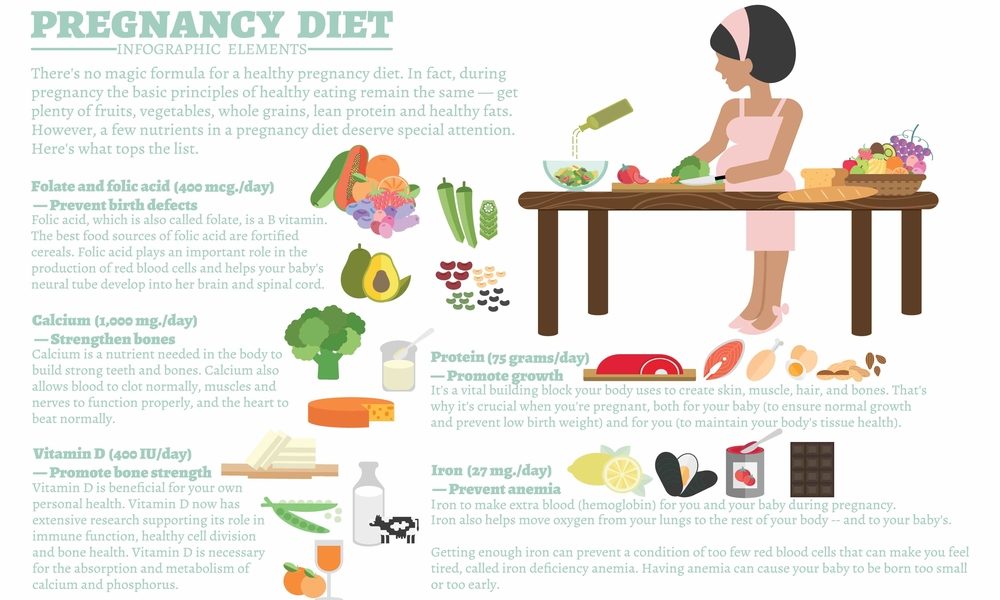
If a woman successfully passed all the examinations, but within 1 year the couple cannot conceive a child, you do not need to immediately contact a reproductologist at an IVF center. The future dad should contact a urologist for a spermogram.
What not to do when preparing for pregnancy
1. Drink alcohol
It is better to refuse alcohol even at the stage of pregnancy planning, and already during it it is strictly contraindicated. Through the placental barrier, alcohol enters the undeveloped liver of the fetus, which cannot process it. Alcohol during pregnancy significantly increases the risk of preterm birth, miscarriage and fetal abnormalities. Pregnancy in the early stages is difficult to notice in time, so it is better for the expectant mother to completely exclude alcohol.
2. Smoking
When planning a pregnancy, you must quit smoking. It is with this bad habit that miscarriages and sudden infant deaths are often associated.
3. Taking drugs without supervision
Take some drugs without a doctor's prescription and, moreover, toxic substances. Even unreasonable intake of dietary supplements and multivitamin complexes may not be beneficial for the expectant mother. After all, all useful trace elements are best obtained naturally from a varied and rational diet. Therefore, it is better to consult a doctor regarding any drugs when planning a pregnancy.
Nutrition and vitamins in preparation for pregnancy
The nutrition of both future parents planning the birth of a child should be varied and healthy - products with synthetic food additives and dyes should be avoided. Give preference to natural and healthy food. Eliminate trans fats and gradually eliminate processed foods, foods with a long shelf life, soda and other artificial drinks.
In the first month of conception, when a woman does not yet know about her pregnancy, the process of forming a child's body in the mother's womb begins. Therefore, it is necessary to correct in advance the deficiency of minerals, nutrients and vitamins, which play a crucial role in the structure of cells and body systems.
Therefore, it is necessary to correct in advance the deficiency of minerals, nutrients and vitamins, which play a crucial role in the structure of cells and body systems.
Folic acid for pregnancy planning
Folic acid is responsible for the growth of cells and the preservation of DNA cells, and also reduces the likelihood of developing tumors of the uterus (fibroids) and pelvic organs. It should be taken 3 months before the intended conception in the amount of 0.4 mg per day. Do not stop taking folic acid during pregnancy - it reduces the risk of neural tube defects in the fetus. Folic acid is found in nuts, citrus fruits, leafy greens, and legumes, but may not be adequate. Folic acid when planning pregnancy increases the fertility of a woman, and already during pregnancy contributes to the healthy growth of the embryo.
Vitamins E, D, A and other nutrients
4-6 months before conception, pay attention to vitamins E, A and D. They increase a woman's ability to conceive and are responsible for the formation of the baby's skeletal system.
They increase a woman's ability to conceive and are responsible for the formation of the baby's skeletal system.
However, remember that taking any drugs is effective only if prescribed by your gynecologist.
Obstetrician-gynecologists at the Pirogov Clinic prepare and manage pregnancy. Choose your specialist - and make an appointment!
Fomina Clinic — a network of multidisciplinary clinics
We have already found out that when planning a pregnancy, the lifestyle of the expectant mother plays an important role, namely the rejection of bad habits, proper nutrition, hygiene and sports. Vitamins play an important role in this, namely folic acid, which is advised to start taking 1-3 months before the expected pregnancy. It is its use that prevents possible malformations that can lead to the death of the child.
This is a B vitamin that prevents fetal neural tube defects. Moreover, it is important to understand that such an effect is possible only if folic acid begins to enter the mother's body before pregnancy and continues to be taken during pregnancy. Thus, from the first days after conception, the child begins to develop in the right conditions, because by this time folic acid has time to get into your bloodstream in sufficient quantities.
Thus, from the first days after conception, the child begins to develop in the right conditions, because by this time folic acid has time to get into your bloodstream in sufficient quantities.
Unfortunately not. The fact is that violations of the laying of the neural tube usually occur on the 18th - 30th day after conception, when a woman may still not know about her pregnancy.
Let's start with the statistics: neural tube defects (yes, there are several!) are found in approximately 7 out of 10,000 newborns, and it is believed that half of these cases are caused by a lack of folic acid in the mother's diet.
The two most common neural tube defects are:
- Spina bifida damages the spinal cord: with this defect, most children survive and reach adulthood, but they may be accompanied by central nervous system disorders throughout life, such as paralysis or inability to control urination and defecation;
- with anencephaly, all or a significant part of the brain is missing, in which case most babies die shortly after birth.
Recommended foods include: Green vegetables, legumes (beans, peas, lentils), lettuce, berries, citrus fruits (fruits and juices), breakfast cereal, whole grain bread/bread.
This, of course, is not enough, because in most of these products the content of folic acid is less than 20% (or even 10%) of the recommended daily amount by doctors. The only exception is lentils, one glass of which contains 90%. Therefore, additionally every day when planning pregnancy and throughout its duration, you need to take vitamins that contain 400 mcg of folic acid.
Healthy women during normal pregnancy really need such a small dose, but there are preparations containing from 1 to 5 mg of folic acid. There are several "risk groups" to which they are prescribed:
- women who had a child with a neural tube defect from a previous pregnancy;
- diabetic women;
- women with elevated blood levels of homocysteine;
- women taking antiepileptic drugs.


